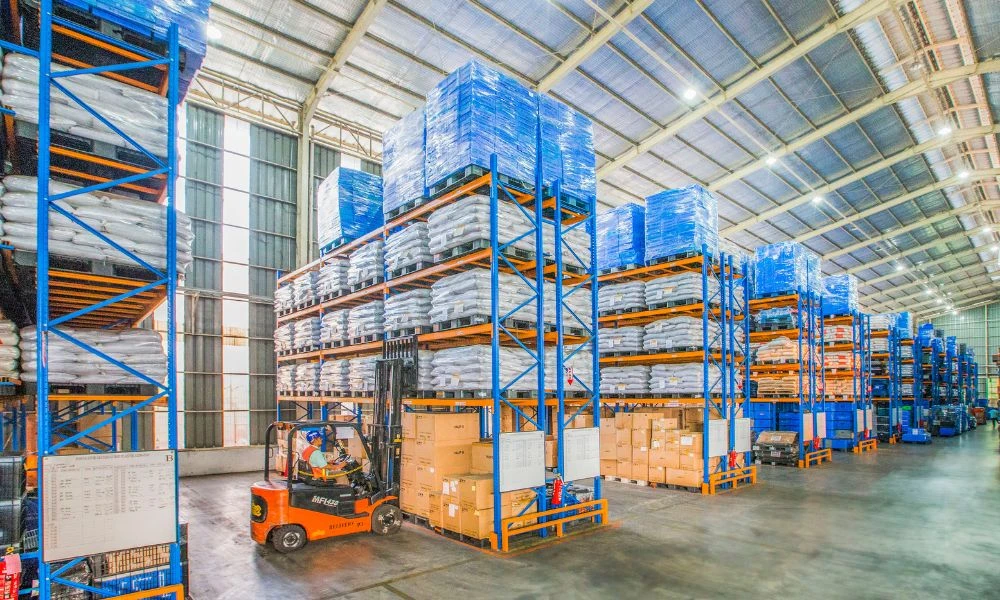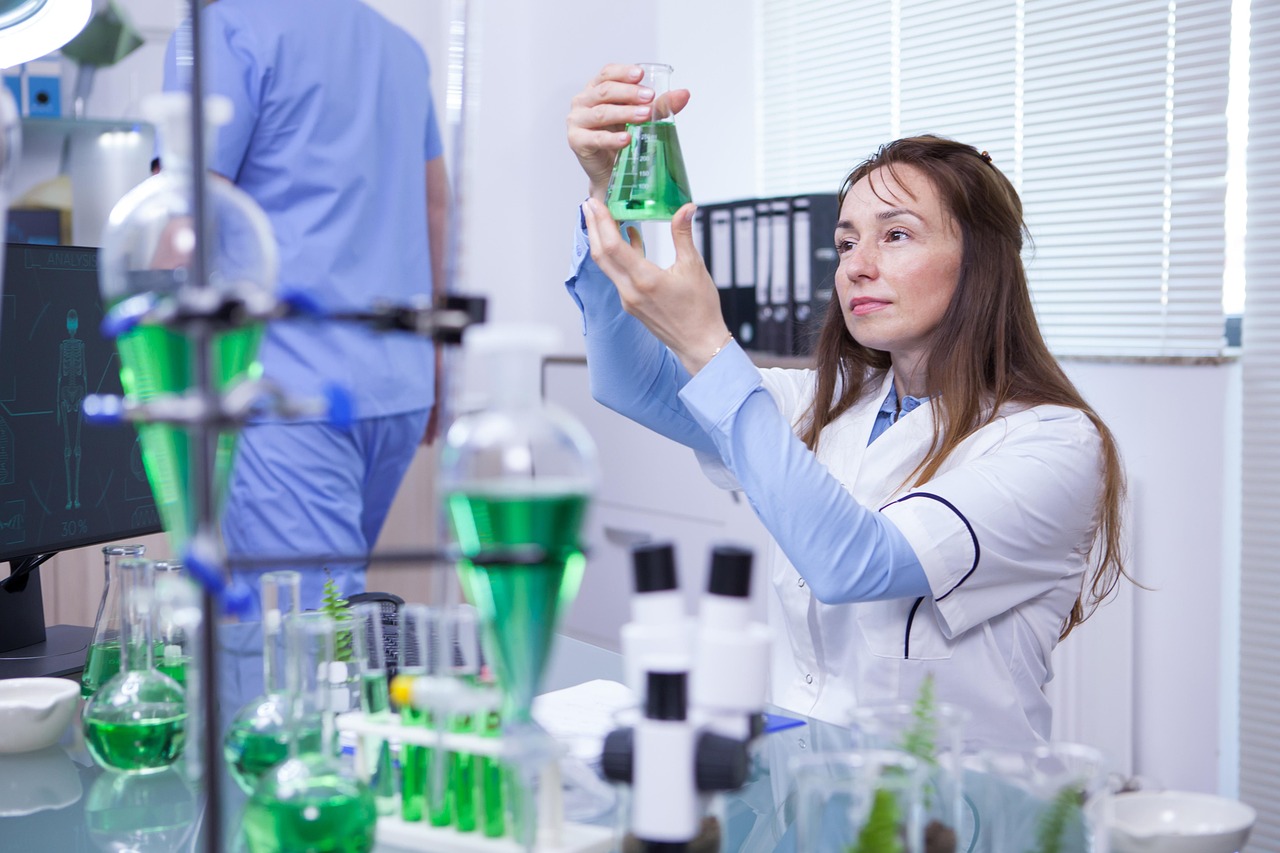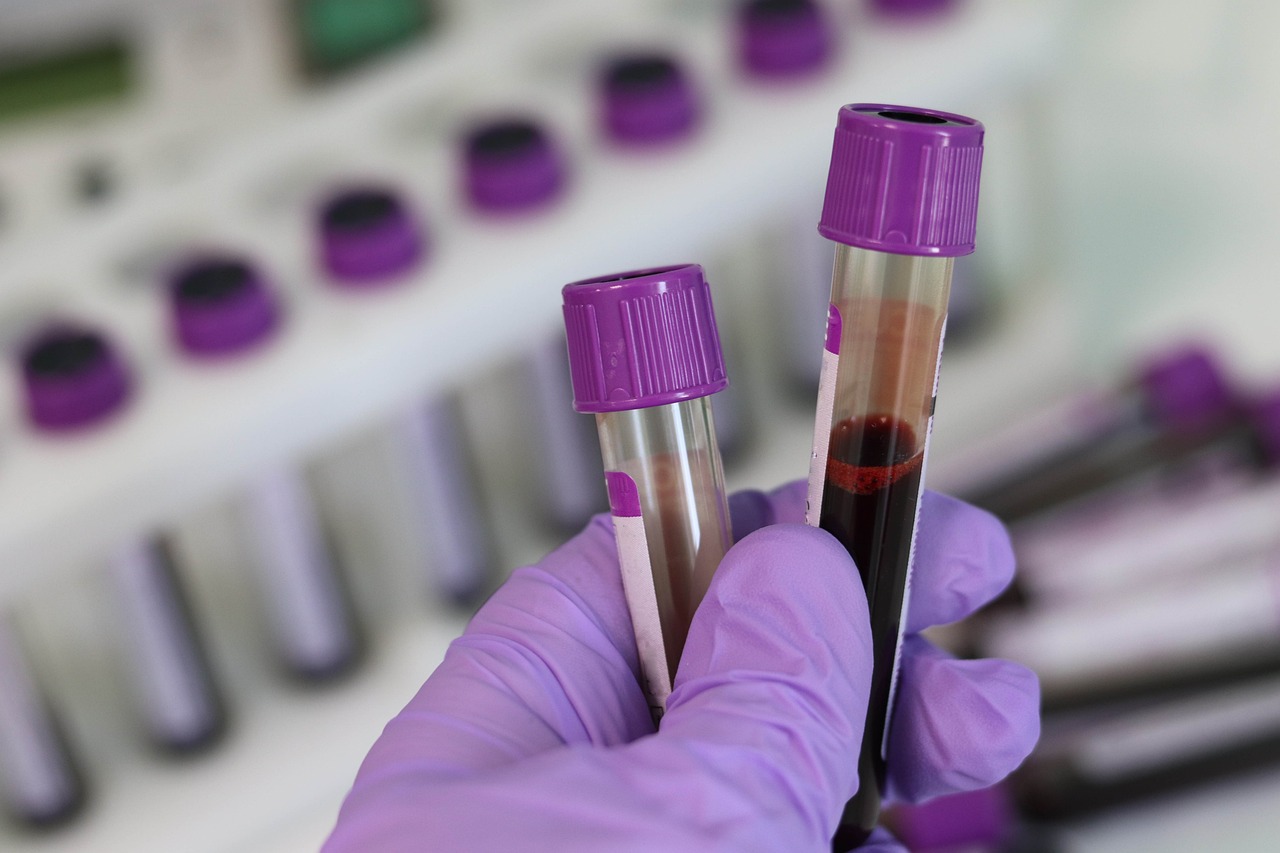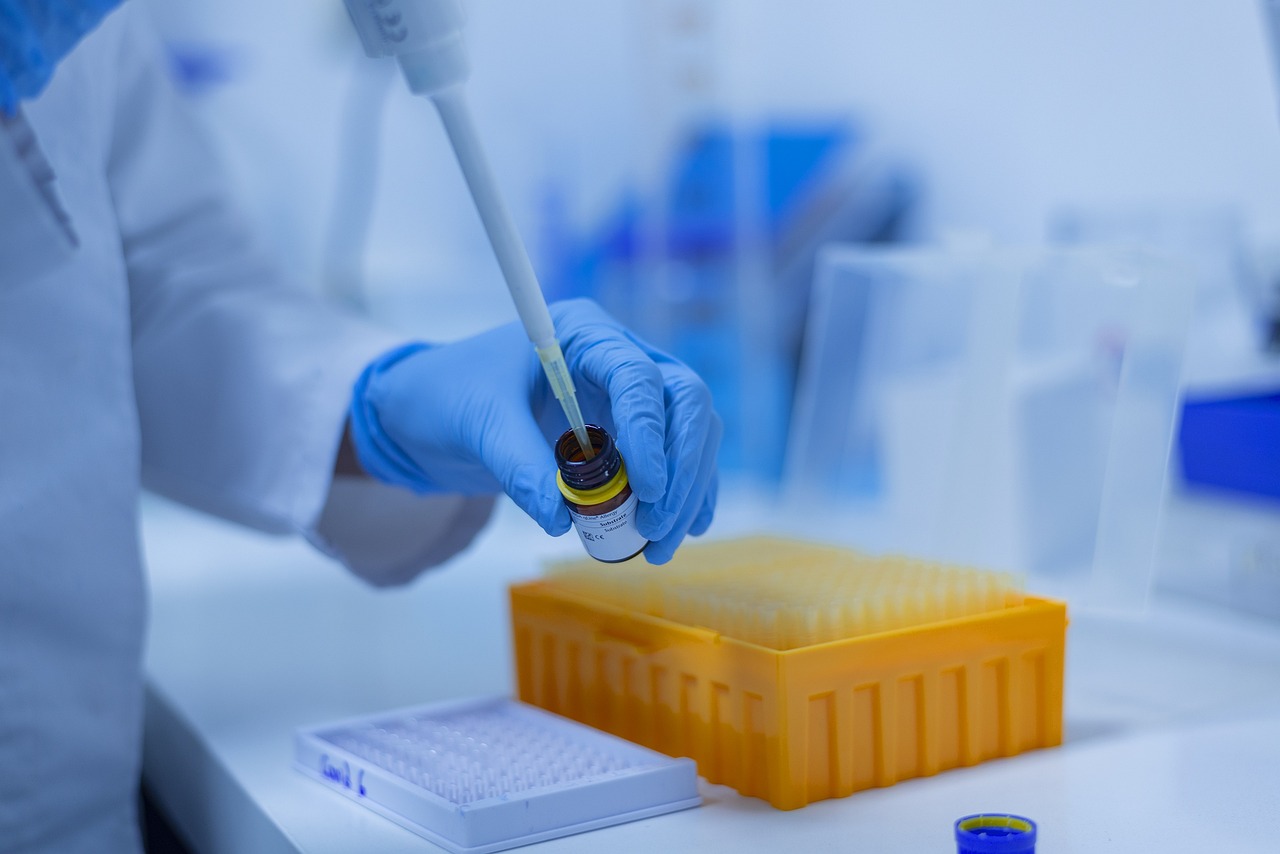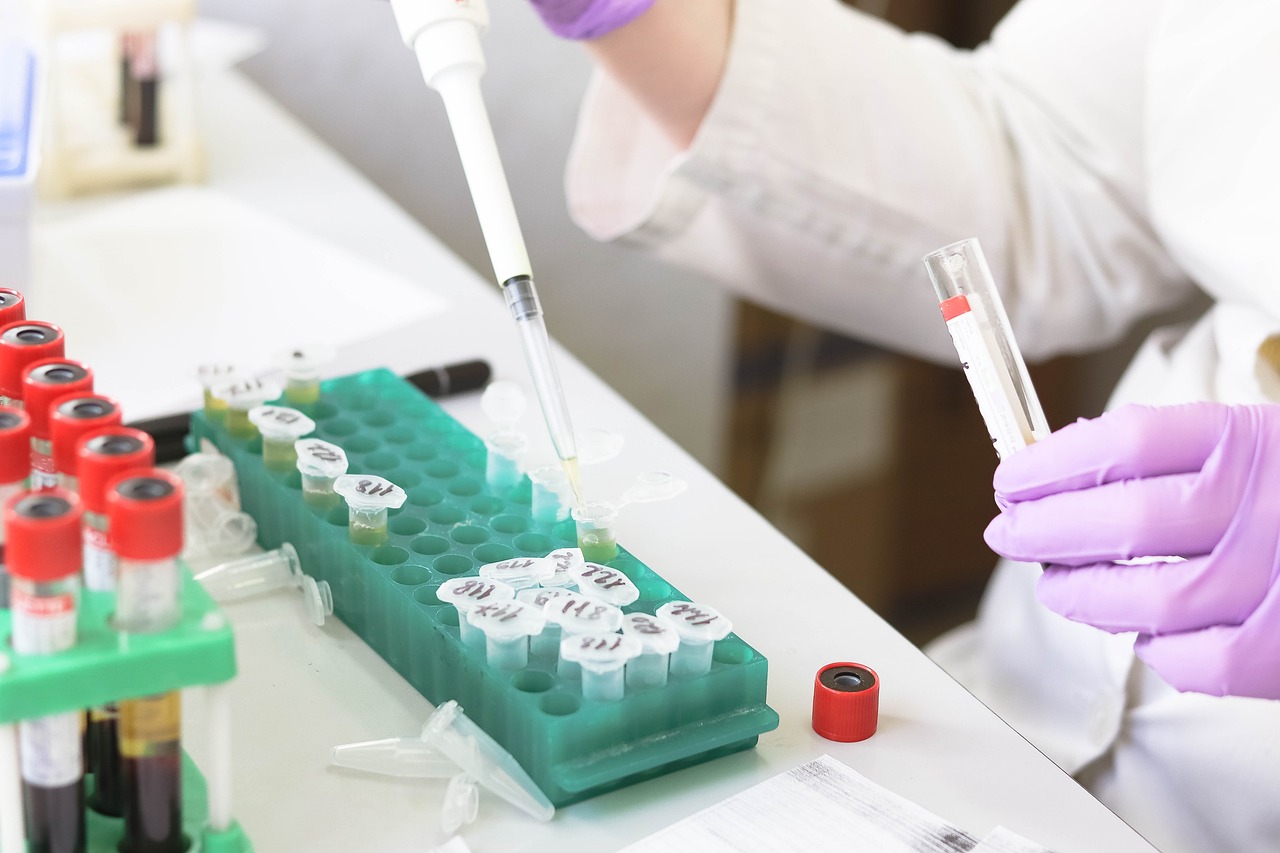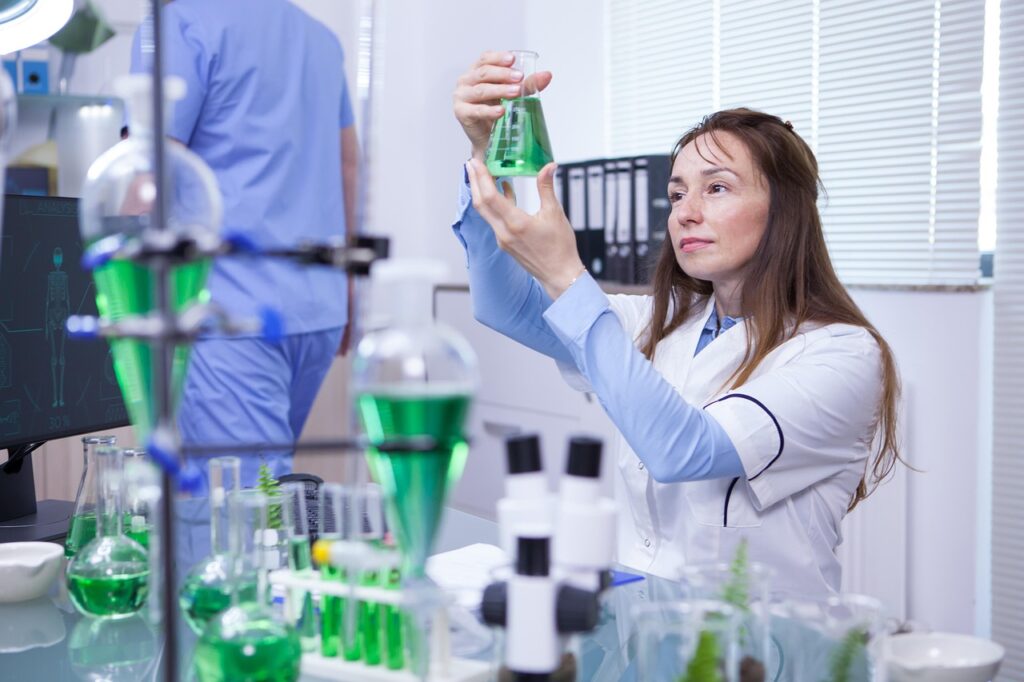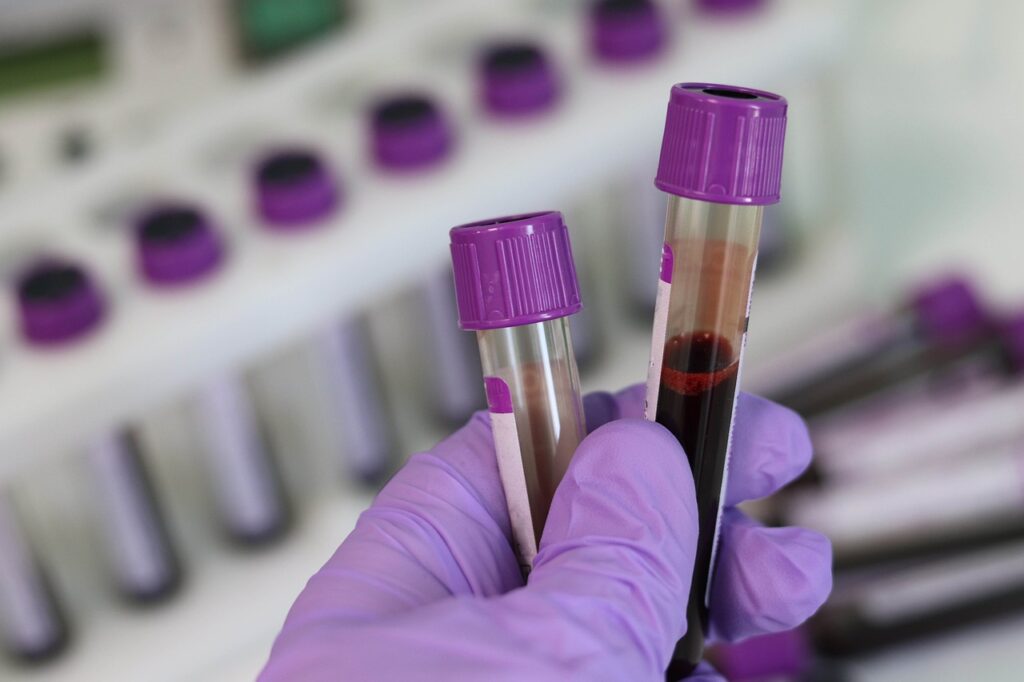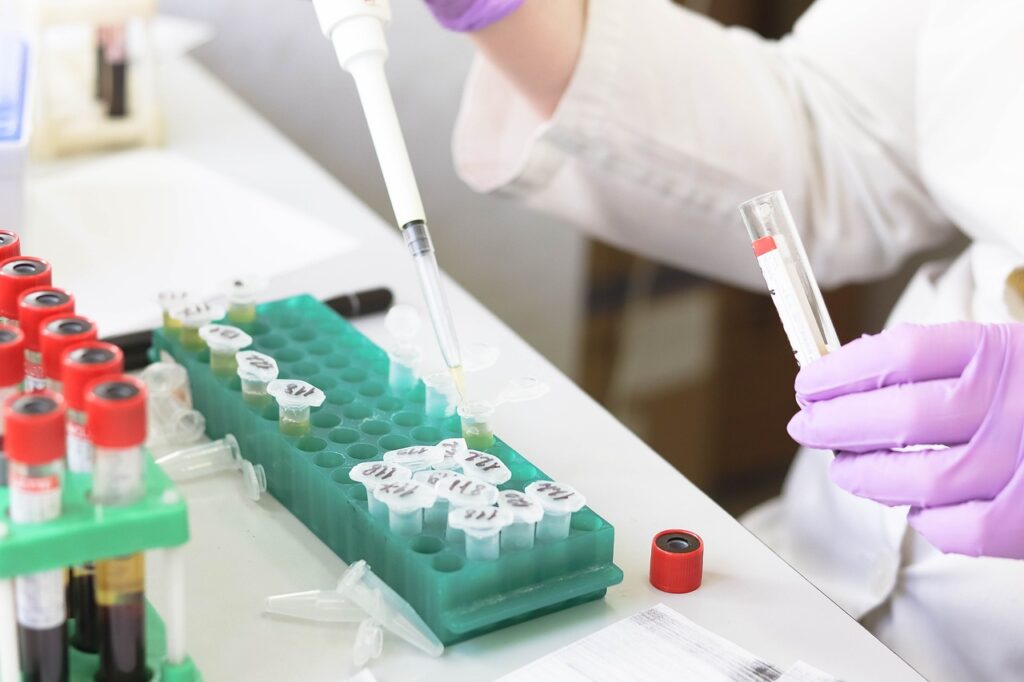Maintaining optimal product quality and longevity is crucial in various industries, such as pharmaceuticals and food production. Among the various processes used for this purpose, “shelf stability testing” is essential.
This vital procedure involves subjecting products to rigorous conditions, simulating environmental factors, and assessing their ability to endure over time. By scrutinizing a product’s stability, industries can ensure compliance with regulations and gain a competitive edge by consistently delivering products that meet or exceed consumer expectations.
Shelf stability testing plays a crucial role in influencing the longevity and reliability of goods in the market across different sectors.
This comprehensive guide will delve into the intricacies of shelf stability testing, exploring its significance, methodologies, and the myriad parameters involved in ensuring the longevity and quality of diverse products.
Understanding Shelf Stability Testing
Shelf stability testing, also known as storage stability testing, is a vital part of the product development process. This methodical approach evaluates a product’s ability to maintain its intended quality over a specific period.
Various industries, such as pharmaceuticals, food and beverages, cosmetics, and others, depend on this process to guarantee their products’ consistent quality and durability. By exposing items to controlled conditions and observing their stability, manufacturers can ensure their products are reliable and high-quality when they reach the market.
Shelf stability testing is essential for meeting regulatory requirements and upholding consumer confidence in various sectors.
The Importance of Shelf Stability Testing
For businesses, shelf stability testing has significant commercial implications. It is crucial to ensure that a product remains safe, effective, and viable throughout its intended shelf life.
This is essential for maintaining brand reputation, ensuring customer satisfaction, and complying with regulations. Failed shelf stability testing can lead to financial losses, damage to brand image, and regulatory sanctions.
By investing in robust shelf stability testing protocols, businesses can mitigate risks and establish themselves as reliable suppliers of high-quality products.
Shelf stability testing is not a one-size-fits-all process. Its importance goes beyond mere compliance; it is a strategic tool for businesses aiming to meet or exceed consumer expectations with their products consistently.
By understanding the intricacies of this testing, companies can refine their formulations, packaging, and storage conditions to optimize product stability, gaining a competitive edge in the market.
Also, check out our blog on Shelf Stability Assessment for more information on this topic.
Critical Parameters in Shelf Stability Testing
Shelf stability testing is crucial in ensuring that products maintain their quality and efficacy over time. Let’s delve into the critical parameters involved in shelf stability testing.
Storage Stability
Storage stability is crucial to determining a product’s ability to maintain its desired quality under specific storage conditions. This complex process involves subjecting the product to various environmental factors such as temperature, humidity, and light to simulate real-world conditions.
Manufacturers can thoroughly evaluate the product’s stability by exposing it to these different conditions. This comprehensive assessment provides valuable insights into how the product will perform throughout its shelf life, helping to identify potential degradation mechanisms and develop strategic measures to improve stability.
The objective is to simulate and analyze the impact of external elements that the product may encounter, ensuring that it meets industry standards and exceeds consumer expectations for quality and performance.
Shelf Life Evaluation
Shelf life evaluation emerges as a pivotal facet of stability testing. This integral process revolves around meticulously determining the duration a product retains its safety, effectiveness, and adherence to specified specifications under the prescribed storage conditions.
Essentially, it seeks to identify the timeframe during which the product not only sustains its intended qualities but also aligns with the standards set for its optimal performance and safety. By conducting thorough shelf life evaluations, manufacturers gain invaluable insights into the expected longevity of their products.
It ensures that consumers receive items that consistently meet quality standards and performance expectations throughout the designated shelf life. This process safeguards consumer well-being and contributes to brand credibility and regulatory compliance.
Product Stability Assessment
Product stability assessment is a comprehensive evaluation that delves into the nuanced aspects of a product’s longevity, covering its physical, chemical, and microbiological attributes over an extended period.
This meticulous process is critical in understanding how a product evolves and aims to pinpoint potential degradation mechanisms that could compromise its quality. BManufacturers can gain valuable insights into the product’s resilience and vulnerabilities by scrutinizing the physical properties, chemical composition, and microbiological integrity,
The ultimate goal is to identify potential issues and develop strategic measures that enhance overall stability. Through a holistic product stability assessment, businesses can proactively address challenges, refine formulations, and optimize storage conditions, ensuring the product maintains its intended quality throughout its shelf life.
Also, check our blog on Shelf Life Testing methods for more information on the above topics.
Quality Control Testing
Quality control testing is a rigorous process integral to the production cycle, dedicated to ensuring that products adhere to predetermined quality standards. This multifaceted approach involves subjecting products to tests to verify critical attributes, including potency, purity, and uniformity.
Each test is meticulously crafted to assess specific aspects of the product’s composition, functionality, and consistency. By employing this comprehensive quality control regimen, manufacturers can provide an additional layer of assurance regarding the stability of their products.
Verifying attributes such as potency ensures the product retains its intended strength, purity confirms freedom from contaminants, and uniformity guarantees consistent quality across batches. Through robust quality control testing, businesses can meet regulatory requirements and instill confidence in consumers, reinforcing their commitment to delivering products that consistently meet high-quality standards.
Accelerated Stability Testing
Accelerated stability testing is a strategic and expedited approach to assess a product’s resilience under extreme temperature, humidity, or other stressors. This intentionally intense testing environment is designed to hasten the degradation process, allowing manufacturers to predict the long-term stability of a product within a significantly shorter timeframe.
By subjecting products to exaggerated stressors, the accelerated stability testing process accelerates the manifestation of potential degradation mechanisms, offering valuable insights into how the product will perform over an extended period.
This method enables manufacturers to make informed decisions about formulations, packaging, and storage conditions, ensuring that the product remains robust and reliable throughout its intended shelf life.
Accelerated stability testing is a crucial tool in expediting product development cycles, optimizing manufacturing processes, and confidently bringing high-quality products to market.
Environmental Stress Testing
Environmental stress testing is a crucial phase in product evaluation that exposes products to real-world conditions, mimicking challenges during transportation, storage, and usage.
This testing helps assess a product’s ability to withstand environmental stressors, including temperature variations and mechanical stresses. By replicating practical scenarios, manufacturers can identify potential weaknesses early in the development process, ensuring that products meet laboratory standards and endure the complexities of the actual environment they will encounter.
This proactive approach enhances the robustness and reliability of products throughout their lifecycle, contributing to a more resilient and consumer-ready end product.
Product Degradation Analysis
Product degradation analysis is a meticulous examination that aims to identify and understand the various mechanisms of deterioration a product may undergo, whether chemical, physical, or microbiological.
By uncovering specific degradation pathways, manufacturers gain critical insights into vulnerabilities and potential points of failure. This analysis is crucial for developing targeted strategies to mitigate or slow down degradation, ensuring the sustained quality and reliability of products over their intended shelf life.
Temperature and Humidity Testing
Temperature and humidity testing is a crucial component of stability testing, simulating the impact of diverse environmental conditions on product stability. This testing is essential for understanding how products respond to varying climates, which is particularly important for global distribution.
By assessing the effects of temperature and humidity, manufacturers can adapt formulations and storage conditions to ensure consistent product stability and quality across different geographical regions. This proactive approach supports successful global distribution by maintaining product integrity and reliability in diverse environmental settings.
Accelerated Aging Studies
Accelerated aging studies intentionally expose products to simulated conditions that replicate the natural aging process. This expedited testing allows manufacturers to predict long-term stability and shelf life by observing the product’s response to stressors in a shorter timeframe.
The goal is to gain insights into potential degradation mechanisms and changes in product attributes, aiding in informed decisions about shelf life and quality standards. Accelerated aging studies are a strategic tool for proactively addressing longevity concerns and making data-driven product development and quality assurance decisions.
Stability Testing Protocols
Establishing comprehensive stability testing protocols is vital for maintaining consistency and reliability in results. These protocols are structured frameworks outlining specific methodologies, acceptance criteria, and testing intervals.
By providing clear guidelines, manufacturers ensure uniformity in testing processes, producing accurate and comparable results that comply with industry standards. These protocols play a crucial role in standardized assessments of product stability, defining testing conditions and criteria for stability determination.
Adherence to these protocols enhances the reliability of results, aids in regulatory compliance, and contributes to overall quality assurance in evaluating and ensuring product stability.
Packaging Material Compatibility
Ensuring compatibility between a product and its packaging materials is imperative. This specialized testing is designed to verify that the packaging does not hurt the product and, conversely, the product does not compromise the integrity of the packaging.
By conducting this compatibility testing, manufacturers can guarantee that the chosen packaging materials are suitable for the specific product, preventing potential interactions that could impact quality, safety, or efficacy.
This meticulous process contributes to the assurance of product stability and reliability, safeguarding both the product and its packaging throughout the supply chain and consumer use.
Sensory Stability Testing
Sensory stability testing is a crucial evaluation that assesses how a product’s sensory attributes, including color, flavor, and aroma, evolve. This testing is vital in industries where sensory appeal significantly influences consumer preferences.
By systematically monitoring changes in sensory characteristics, manufacturers can proactively address potential alterations, make informed adjustments to formulations or packaging, and ensure products consistently deliver an enjoyable and appealing experience throughout their intended shelf life.
Stability Monitoring
Stability monitoring is an iterative process involving the ongoing observation and analysis of a product’s stability. This proactive approach allows manufacturers to track changes in product attributes over time, identifying potential degradation trends.
By closely monitoring stability, businesses can adjust storage conditions or formulations, ensuring consistent product quality and compliance with industry standards.
Shelf Life Prediction Models
Shelf life prediction models leverage stability testing data to forecast a product’s stability duration under specific conditions. These models enable setting realistic expiration dates, facilitating effective inventory management.
By optimizing production schedules and minimizing wastage, businesses can ensure products consistently meet quality standards throughout their shelf life. This strategic approach aligns with regulatory requirements, enhances operational efficiency, and upholds consumer trust by preventing the distribution of expired goods.
Shelf life prediction models are essential in effective inventory management, reducing waste, and improving overall supply chain efficiency.
Check out SMS LAB’s shelf life testing services for your professional needs and elevate your business to new standards.
Conclusion
In conclusion, shelf stability testing is a multifaceted process critical for ensuring product quality, safety, and efficacy across various industries. By implementing comprehensive testing protocols and understanding the nuances of different stability parameters, businesses can comply with regulatory requirements and gain a competitive advantage by delivering products that consistently meet or exceed consumer expectations. As industries evolve, shelf stability testing remains pivotal in safeguarding businesses and consumers from the uncertainties of product degradation.

